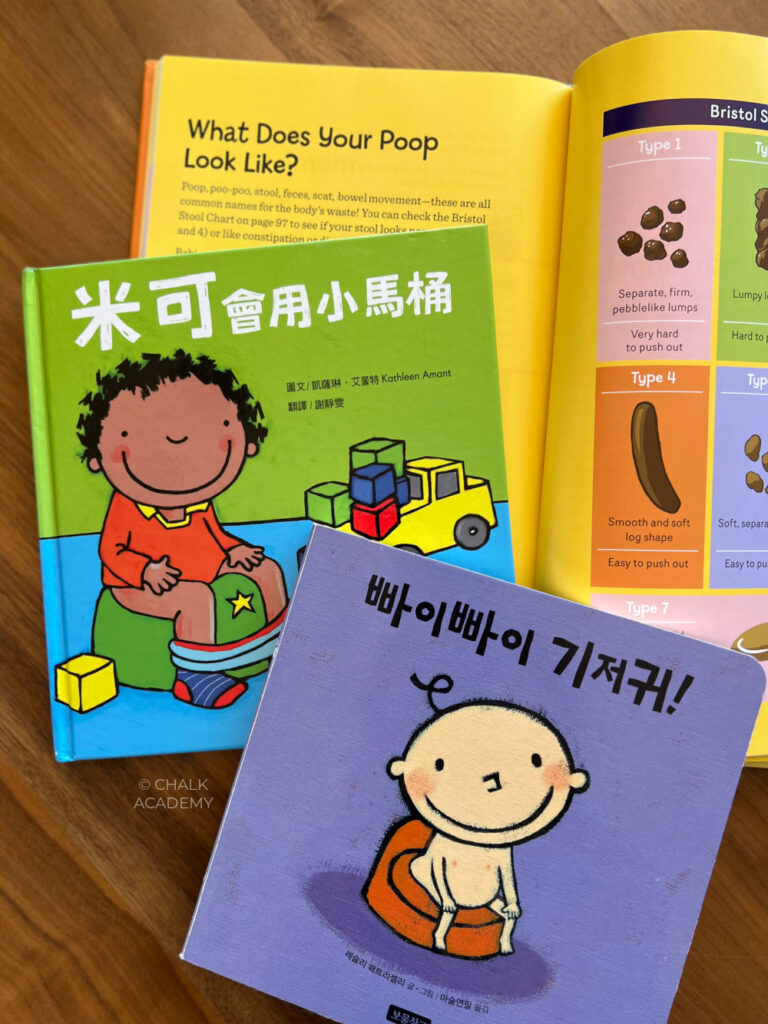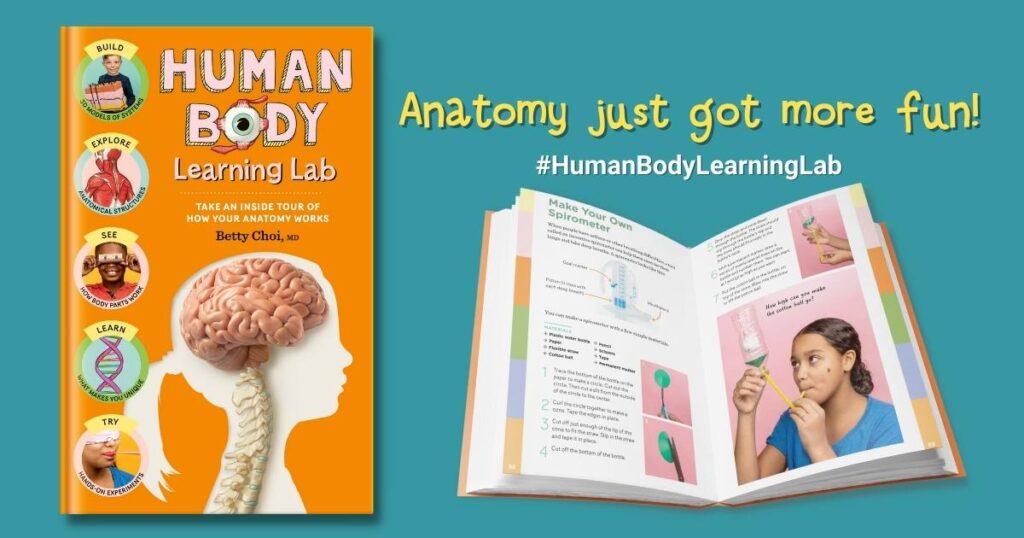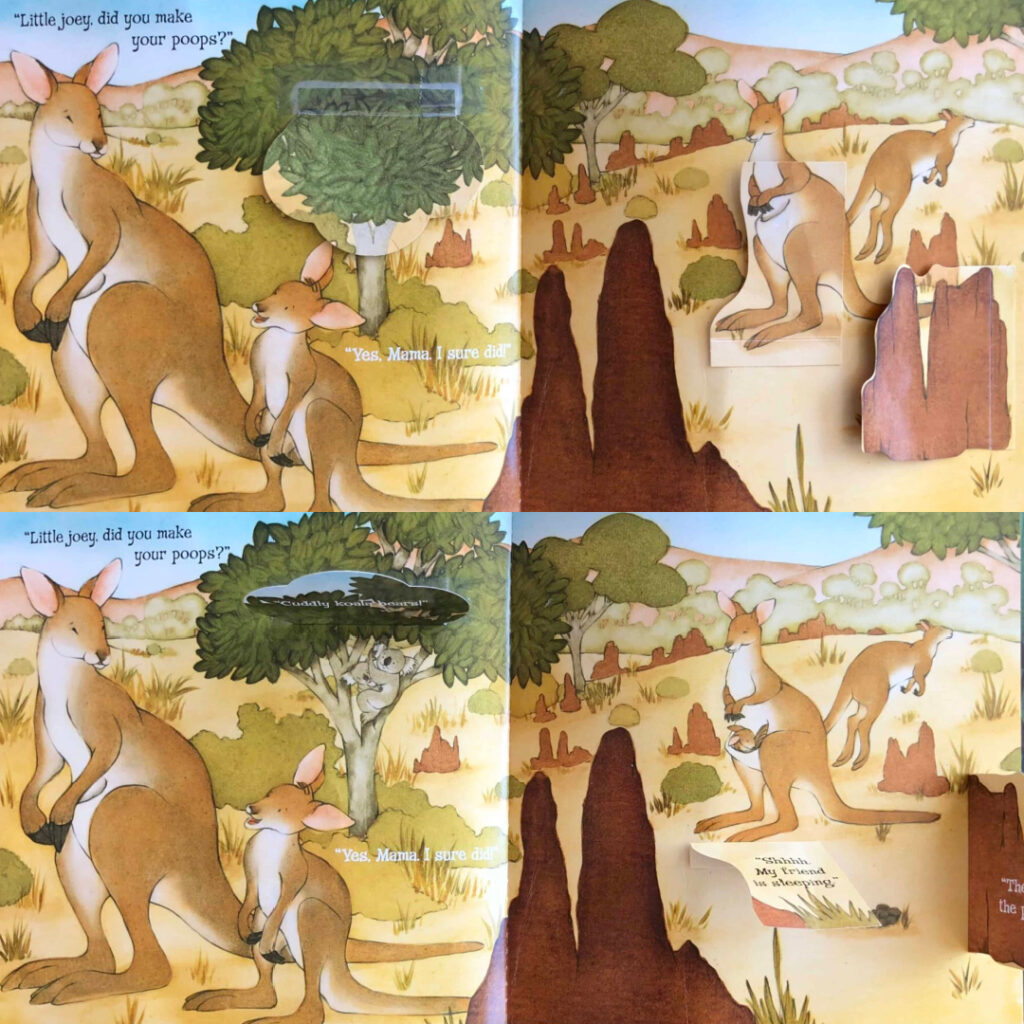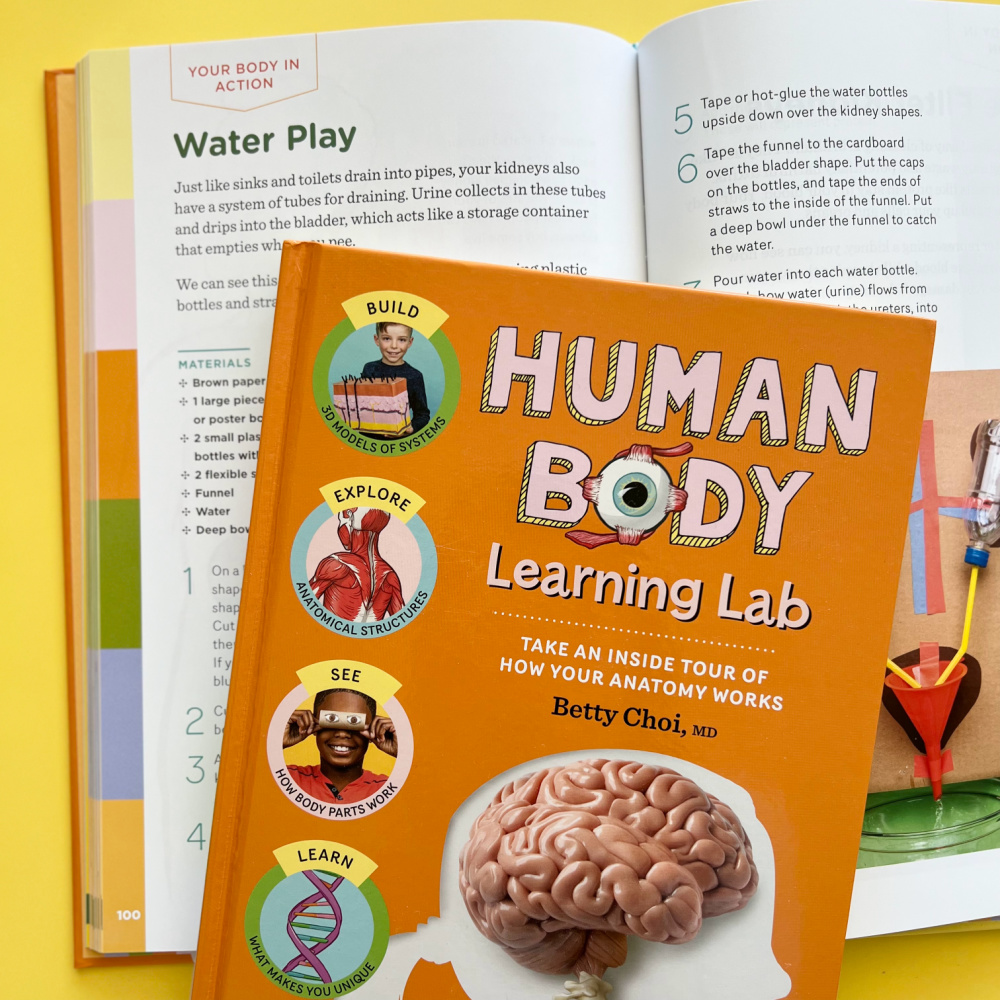Helpful Potty Training Books, Potty Seats, and Tips for Toddlers

Potty learning – or the old-fashioned term “potty training”, is one of the biggest childhood and parenting milestones! Kids and caregivers often feel the pressure to get it over with. The good news is that potty training books can make the process less intimidating for caregivers and children alike. Also, comfortable potty seats can make a huge difference.
In my experience as a pediatrician and mom of a boy and girl, potty learning is most successful if we are calm, prepared, and have realistic expectations. Through stories, we can see that potty training can be different for lots of kids. We can persevere through accidents and worries. And kids discover what their amazing human body can do.
I hope you feel empowered with these great potty seats and potty training books!
This article was originally published in November 2018 and has since been updated with new information. Several of our favorite potty learning books have since gone out-of-print.
Disclaimer: The information in this article does not replace evaluation and advice from your health care professional. Questions about potty training should be directed to your primary care provider.

Chalk Academy is reader-supported. Some of the links are affiliate links. When you buy something through an affiliate link, we may earn a very small commission at no additional cost to you. More details here.
Best potty seats for toddlers for home and on-the-go

Our family has had the following potty seats for the past several years, and I still give them 5 star reviews! The seats are white so you know when they need to be cleaned. I hope this gives you a starting point of what to look for!
Best potty training seats for home
I got two types of potty seats for my kids, because I wasn’t sure which they would prefer. Turns out, both types have been handy to have around!
- Munchkin Sturdy Potty Seat – This is great for kids who want to sit on a “real toilet” just like the grown-ups in their life. Eventually, all kids need to learn how to use the big toilet, so you’ll need this seat anyway.
- Baby Bjorn Smart Potty – This is potty is great for kids who aren’t ready to be high up on an adult toilet seat. Since this potty rests on the floor, kids might feel more stable with their feet on the ground. If your child ends up not needing it at home, rest assured that it won’t go to waste. See my “potty seats on-the-go” tips below!
Best potty seats on-the-go
- Baby Bjorn Smart Potty – Although my kids no longer use this at home, we keep this in the backseat of our car! If you want to avoid public restrooms or accidents, the backseat potty will be your best friend.
- OXO Tot 2-in-1 Go Potty for Travel – This foldable potty seat is perfect for travel! You can use it in 2 ways: (1) propped up on the floor or (2) placed on a regular toilet. It also collapses flat and can thus fit in most stroller baskets.
- OXO Tot 2-in-1 Go Potty Refill Bags: These bags fit both of the to-go potty seats.
I know this might seem like a lot of potty seats, but they really make life more convenient and comfortable!
Bonus tip: Remind your child to lean forward and not backward. Curious kids who peek tend to lean backward – this is when a spraying mess can happen!
When are kids ready to potty train?
In order to potty train your child, your child has to learn to recognize her body signals for peeing and pooping plus associate it with the toilet. When your child starts to tell you that they feel their diaper is wet or stinky, they are becoming aware of their body, an important sign of potential potty readiness.
Sometimes, kids don’t verbalize everything, especially if they are busy playing. So parents and caregivers need to keep a close eye and watch for common body language. For example, often before pooping, children briefly stop whatever they’re doing, stand or squat, and grunt while pushing out the stool.
Then there’s the wiggly pee-pee-dance, and kids sometimes use their hands to cover their crotch or cross their legs to hold in their pee.
Lastly, potty training best occurs when there are no major life changes, and you have a few consecutive days to focus on the transition.
Favorite potty training books for kids
Just like our variety of potty seats, we have a bunch of potty training books! These realistic books show that children – and even animals – have similar and different experiences with potty training.
Since we’re raising trilingual children, we also want to read about potty learning in our family’s three languages.
Where’s the Poop? Lift-the-Flap Potty Book

This was both my children’s absolute favorite potty book! They loved seeing where animals poop and how different they look! The dialogue between the animals and their parents was a great example of in pooping independence and confidence. The end of the book shows children using the toilet to contrast with the animals.

- Author: Julie Markes, Susan Kathleen Hartung
- English / ISBN: 9780060530891
Potty / 上廁所 / 빠이빠이 기저귀!

This potty learning book is just the cutest! We’d read it in English and Korean. It was one of the first board books that I got when my daughter was a baby, and I’ll always remember her giggling at the page where the characters eyes are wide after using the toilet. The character in the book is so expressive, learning how to wait before anything happens on the toilet!
- Author: Leslie Patricelli (蕾絲莉‧派翠賽里)
- Where to Buy:
- Traditional Chinese / ISBN: 9789573278245
米可會用小馬桶 Mike Uses the Potty

This cute book shows a little boy and his mom preparing for potty learning. It normalizes experiences like picking out underwear and even having a pee accident. This book is part of the 米可 Chinese series about growing up.
- Author: Kathleen Amant
- Where to buy:
- Traditional Chinese / ISBN: 9789869674720
More potty training books to consider
Here are other books about potty learning and accidents to consider:
- Little Bear Series – This set of 15 simplified Chinese paperback books is adorable for young toddlers. The book about bed wetting features animals making urine stains in the shape of food and other objects. It’s cute, funny, and normalizes accidents.
- Daniel Goes to the Potty – This English board book comes with a digital button that mimics the sound of a toilet flushing. Daniel goes out for the first time after being toilet trained and has to use a public restroom. The book has high ratings, but I have to share my frustration. After a couple of months, the flushing button broke and kept making horrible screeching sounds!
Book to help kids understand peeing and pooping

Human Body Learning Lab is filled with kid-friendly explanations about their body, including how pee and poop are made in the body. The hands-on projects help children truly understand what’s happening. And when children are empowered with self-awareness, they are even more ready to master potty learning!
Where to buy:
More potty training tips for toddlers and parents
What are your favorite potty training books for toddlers?
Which potty learning books have you read so far? And do you have any toilet training tips for other families? Feel free to share in the comments! If you have other questions about potty training, please talk to your health care provider for personal advice.